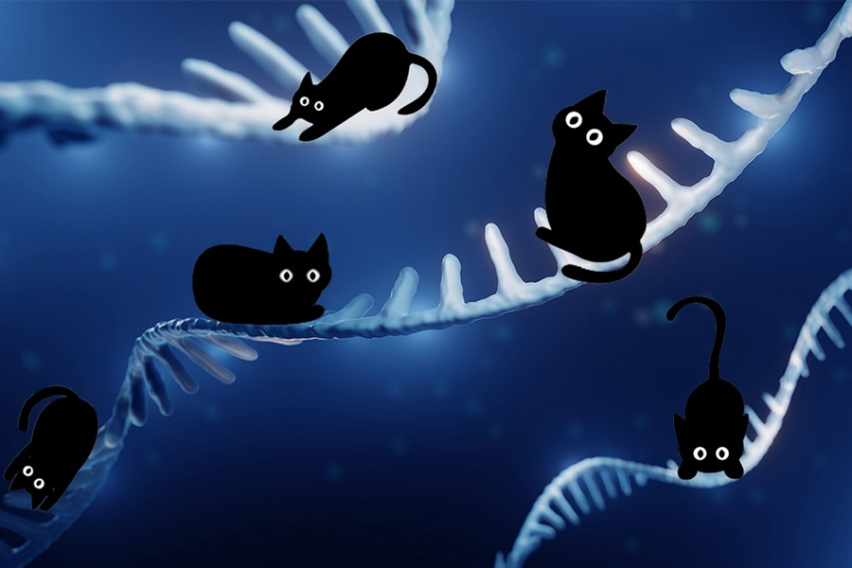MIT Koch Institute
November 26, 2025
Immunotherapies have not proven effective in glioblastoma, a common form of brain tumor that is unusually resistant to infiltration and attack by T cells. Glioblastoma tumors recruit and transform another immune cell, macrophages, to keep T cells at bay. Researchers led by Forest White mapped antigen profiles of macrophages and glioblastoma cells in co-culture, discovering that both types of cells evolved when grown together and identifying several new targets for immunotherapies. The team, which included Stefani Spranger and former KI member Darrell Irvine, developed immunostimulatory therapies to test six candidate target, finding that mouse models of glioblastoma showed significantly slowed tumor growth overall and, in a few cases, tumors were completely eradicated.
The study, published in Cancer Research, was funded in part by the MIT Center for Precision Cancer Medicine.
